Lake Maggiore
Lake Maggiore
Lake Maggiore is the second largest among Italian lakes after Lake Garda. The archipelago of the three Borromeo islands, of geographical, historical and cultural interest, renders this area unique and unforgettable.
On Isola Bella you can admire the ancient buildings in which the Borromeos lived in the 17th century. The gardens, rich in plants and flowers of all types and covering ten overlapping terraces, embellished by fountains, statues and architectural structures, are very spectacular.
Isola Madre boasts a luxurious garden with wonderful plants and even some exotic varieties, surrounding a sixteenth century palace.
Isola Superiore, also known as the “fishermen’s island” to highlight the traditional work of its inhabitants, is a spectacular maze of picturesque and charming alleys, with its typical white houses with colourful doors and windows, which impressed famous visitors like Hernest Hemingway, Arturo Toscanini and George Bernard Shaw.
Gianfranco Giustina from Borgomanero, the curator of the gardens of the Borromean Islands, was awarded by the Royal Horticultural Society in 2014.
The palaces and gardens on the islands and the castle on Lake Maggiore are open from 15th March to 2th November.
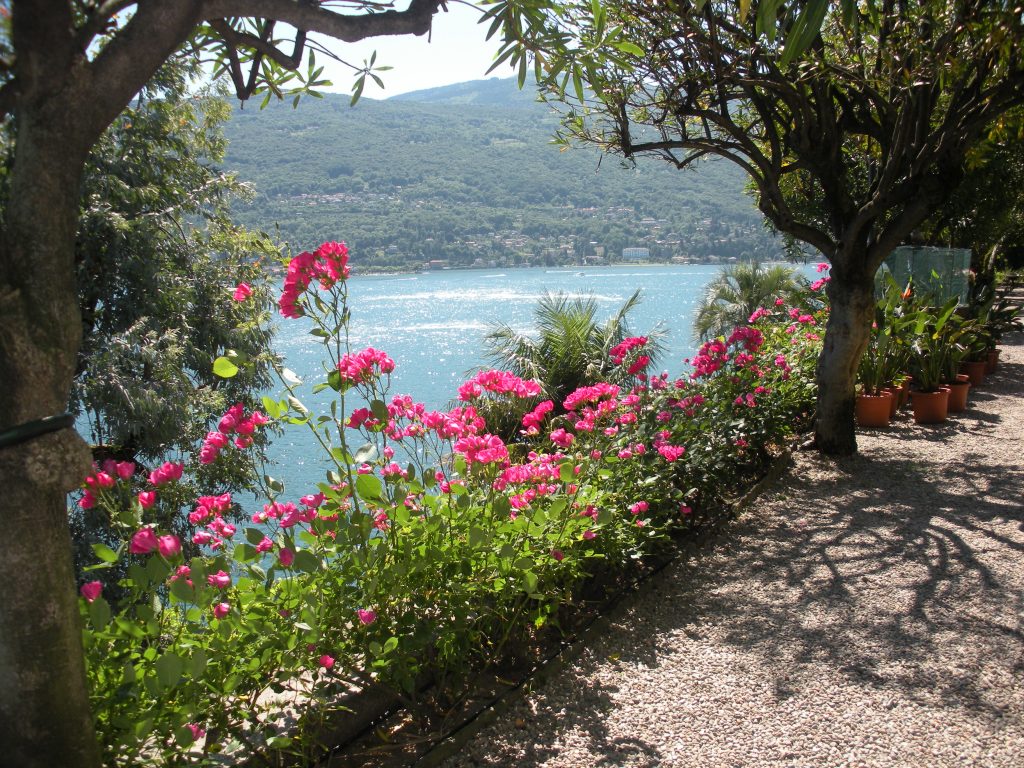
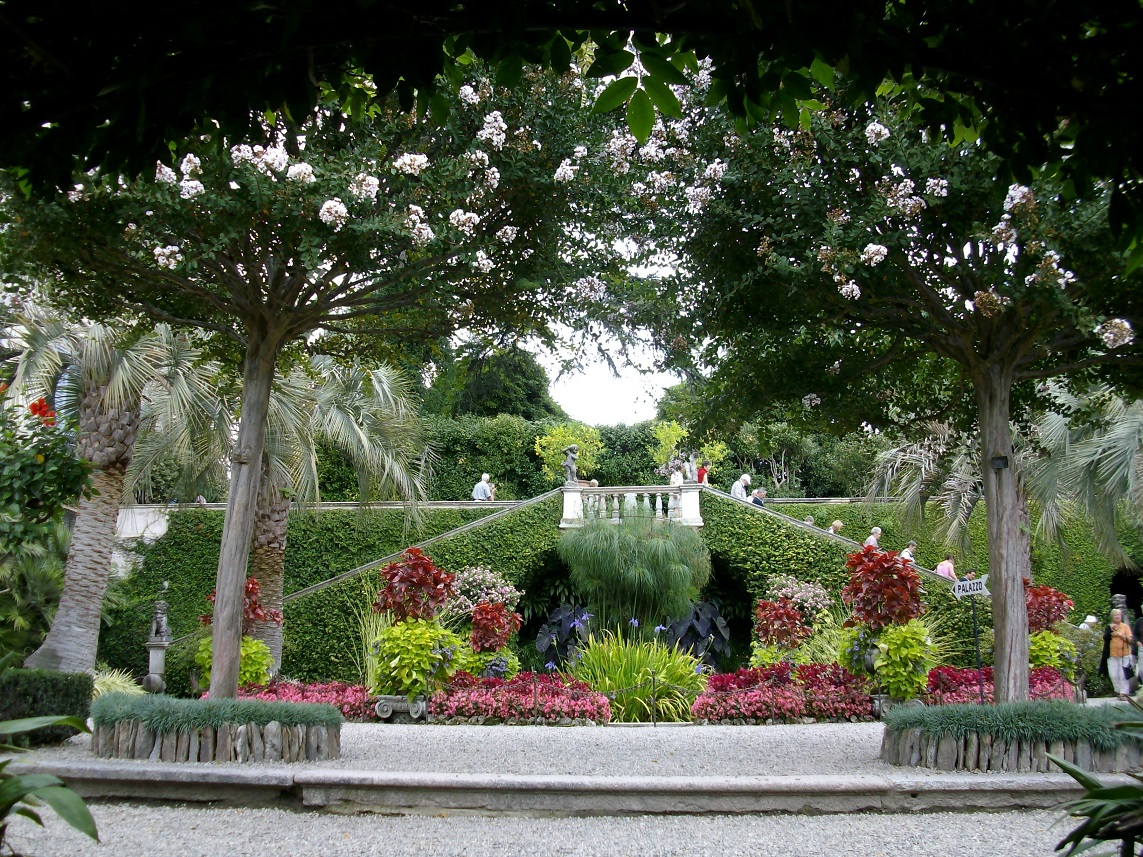
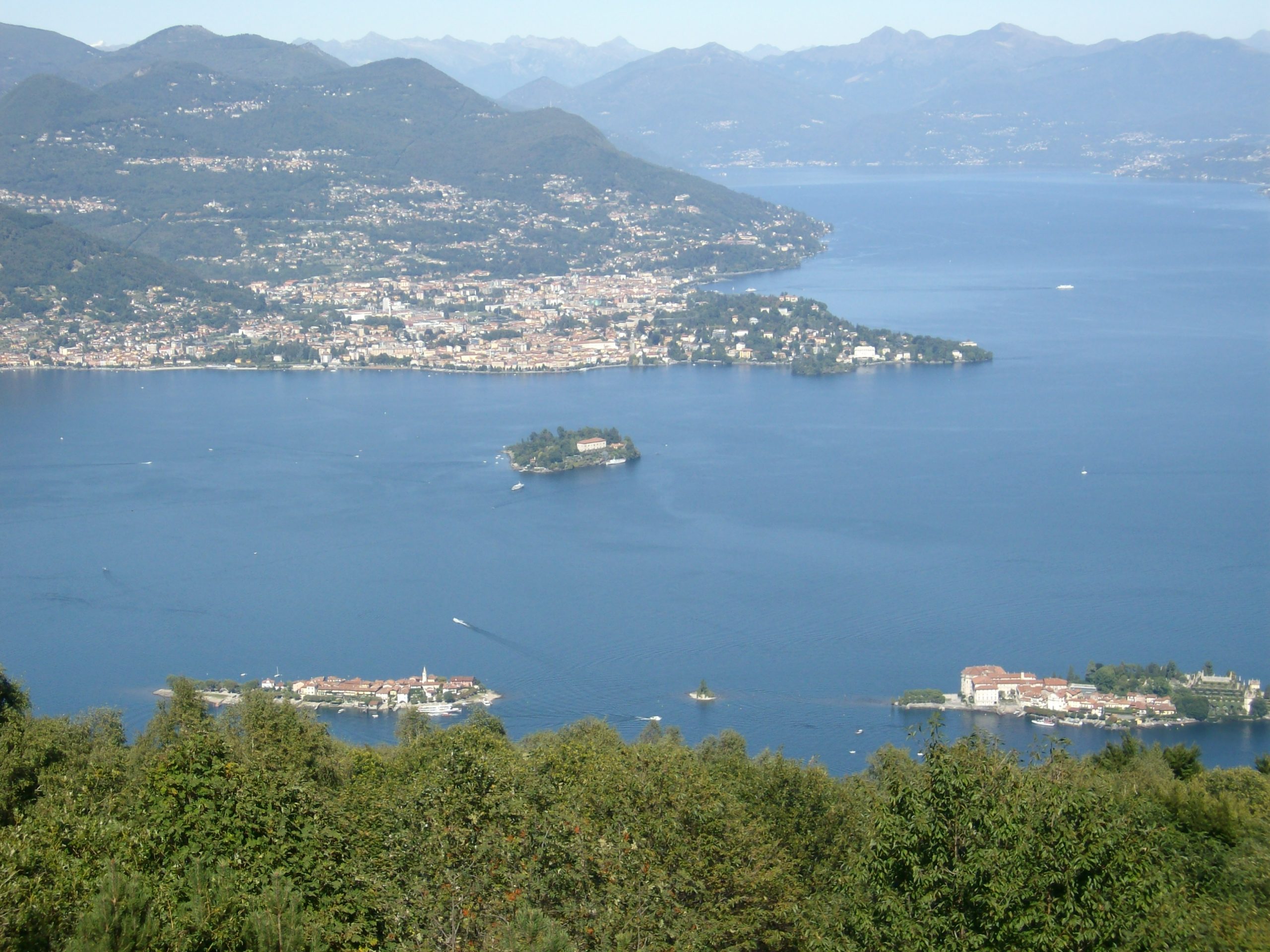
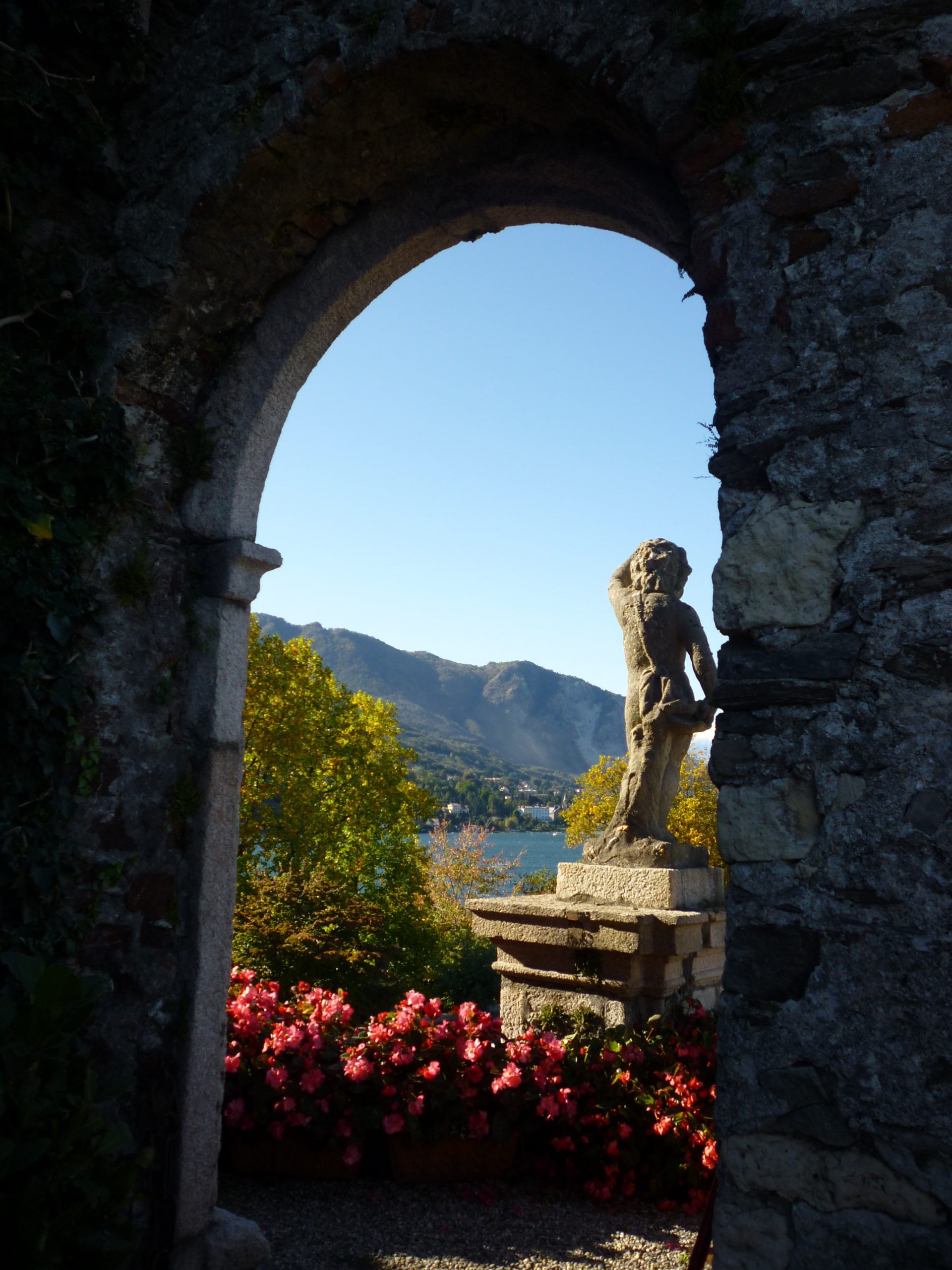
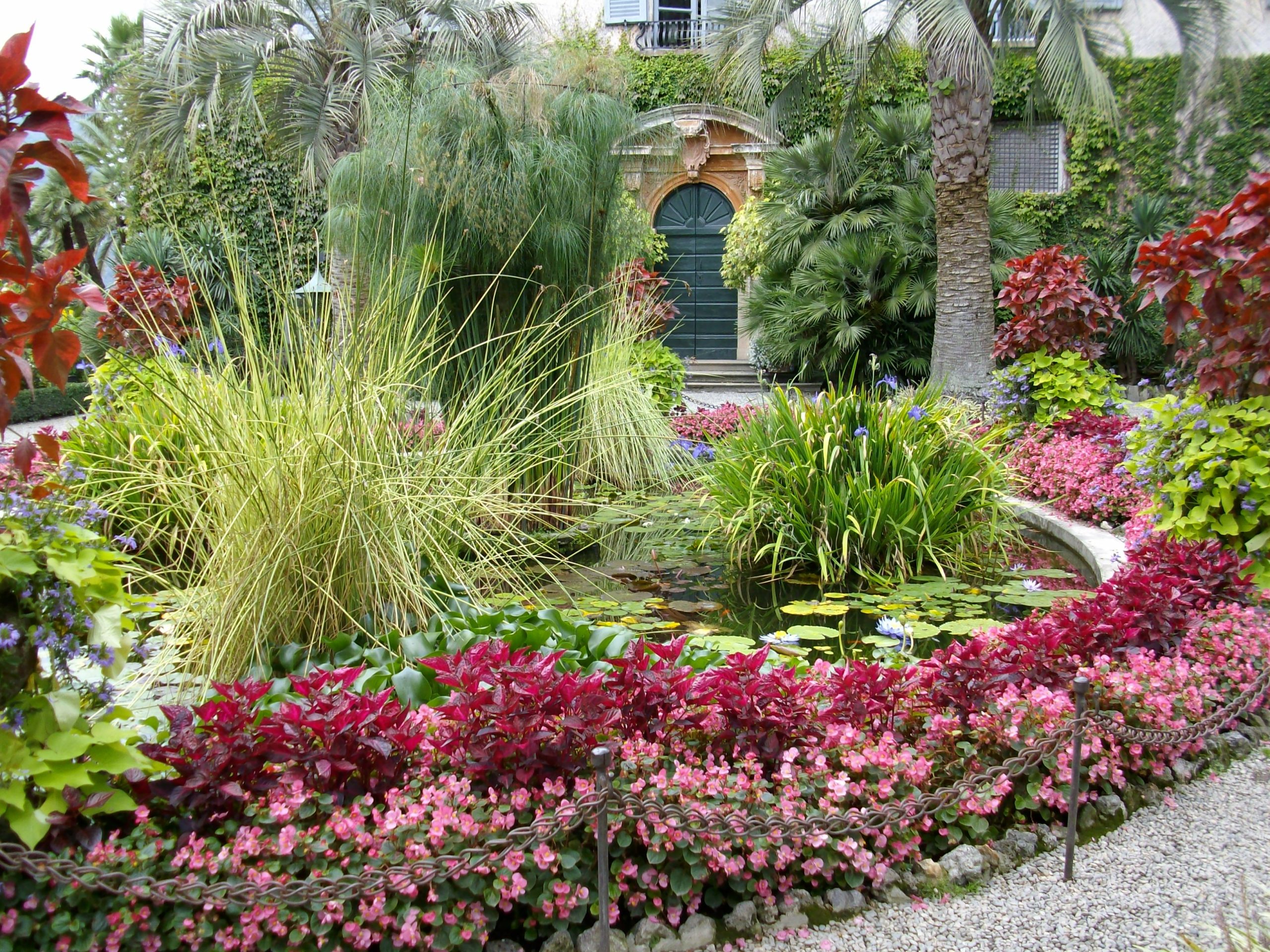
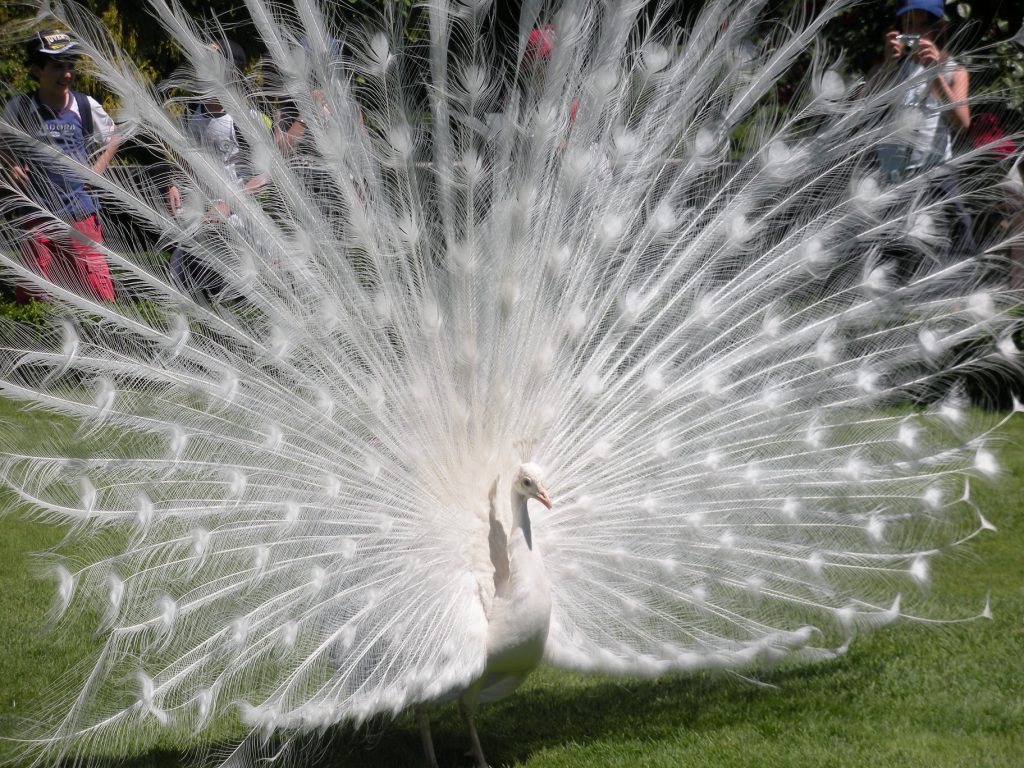
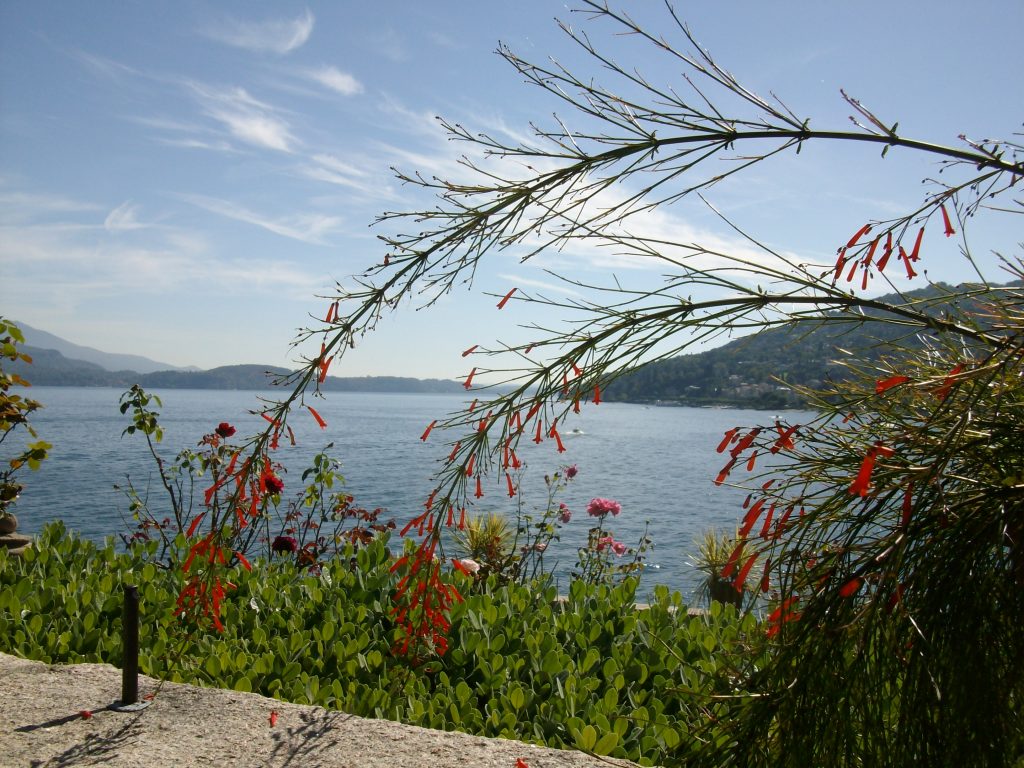
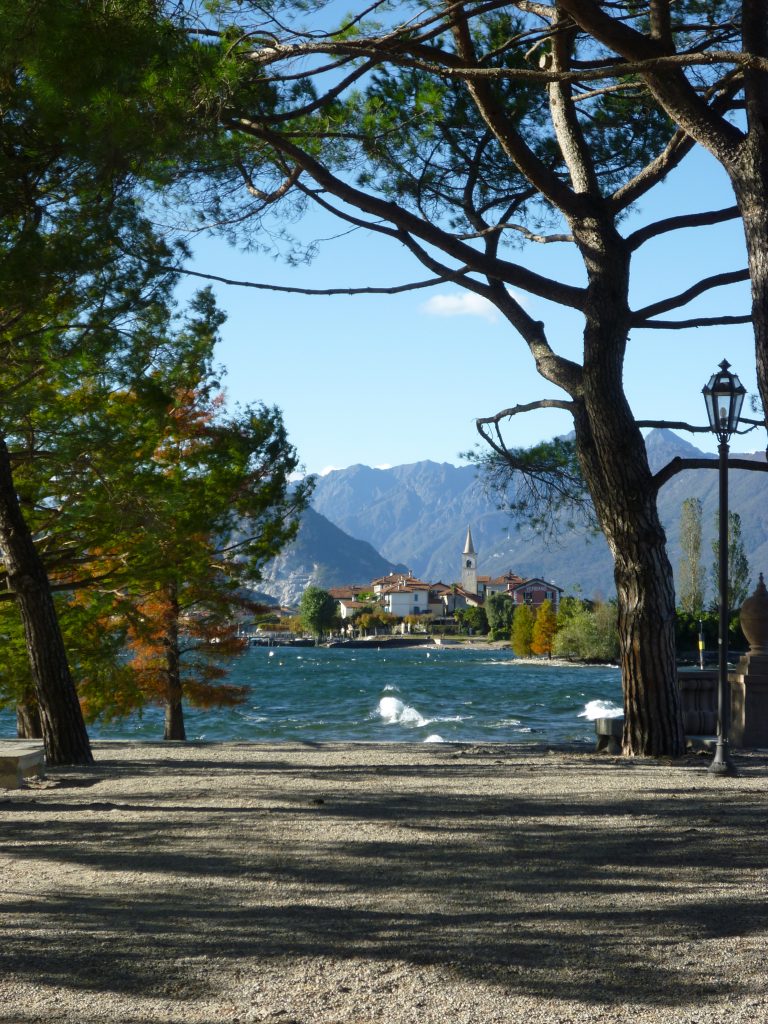
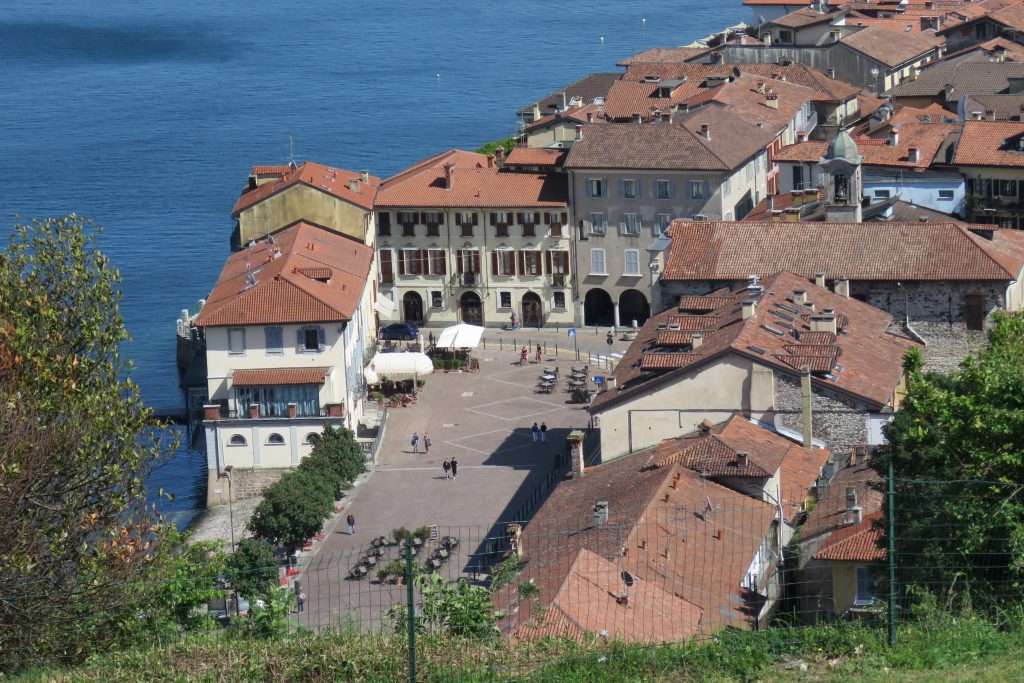
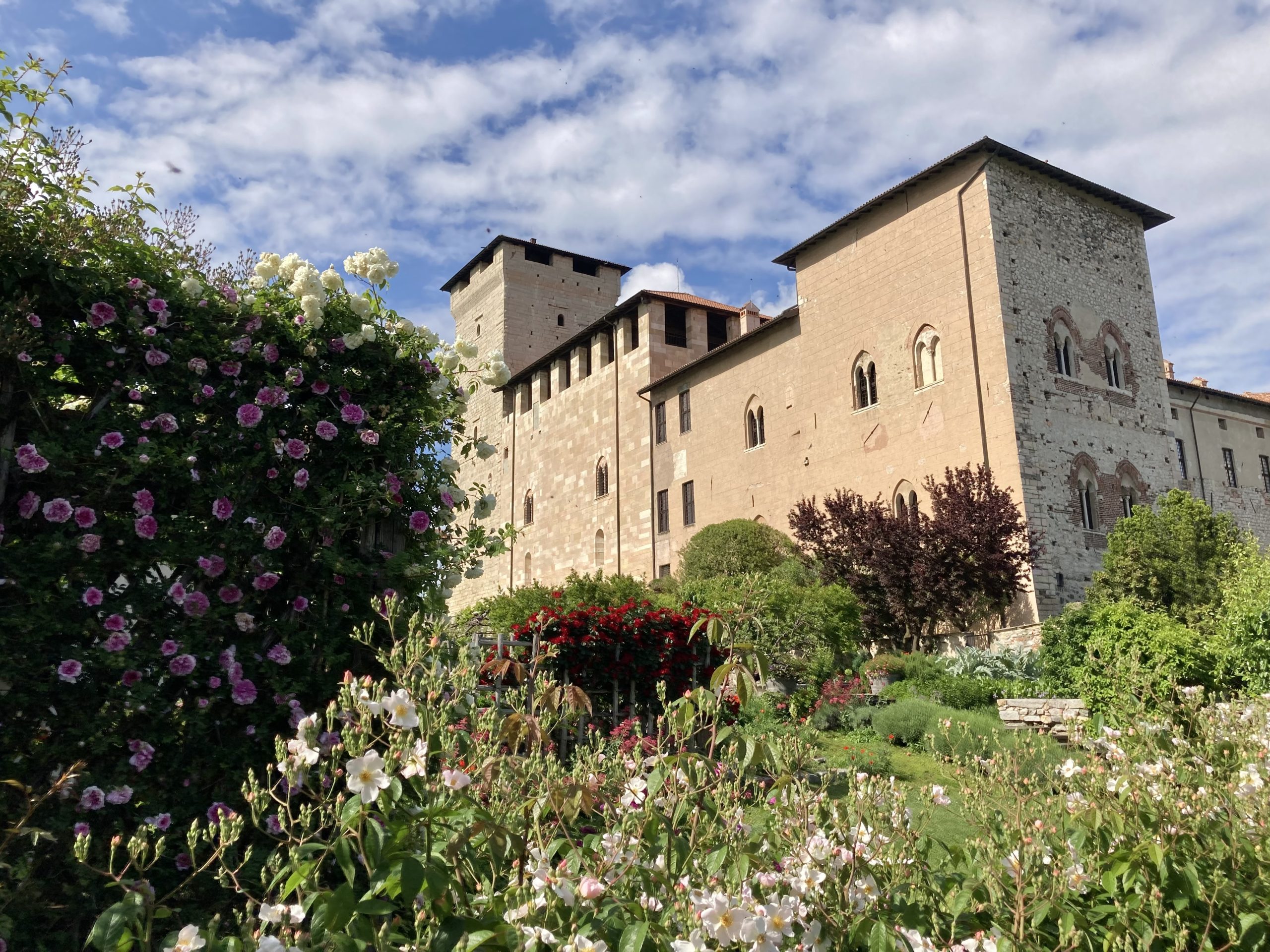
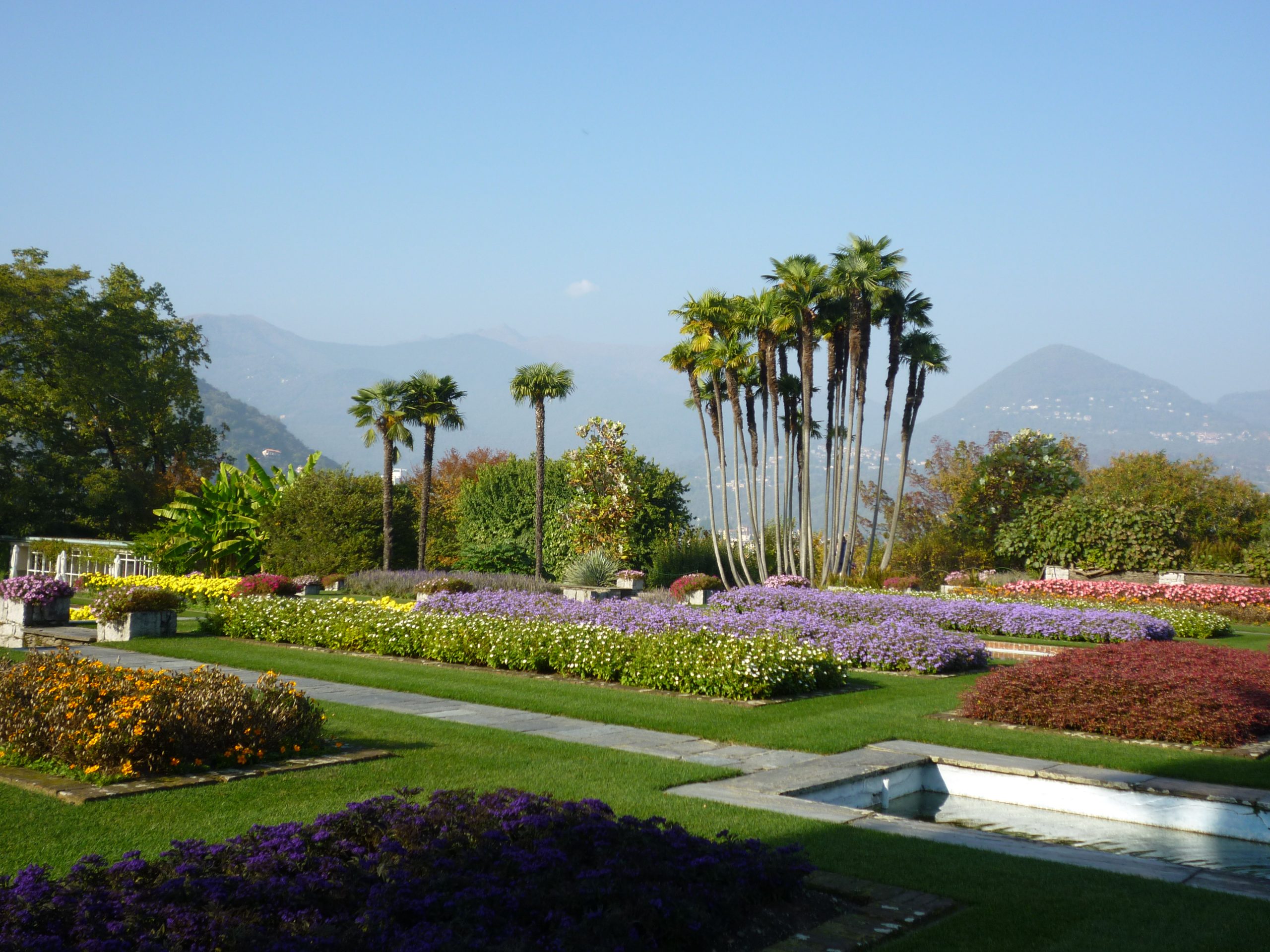

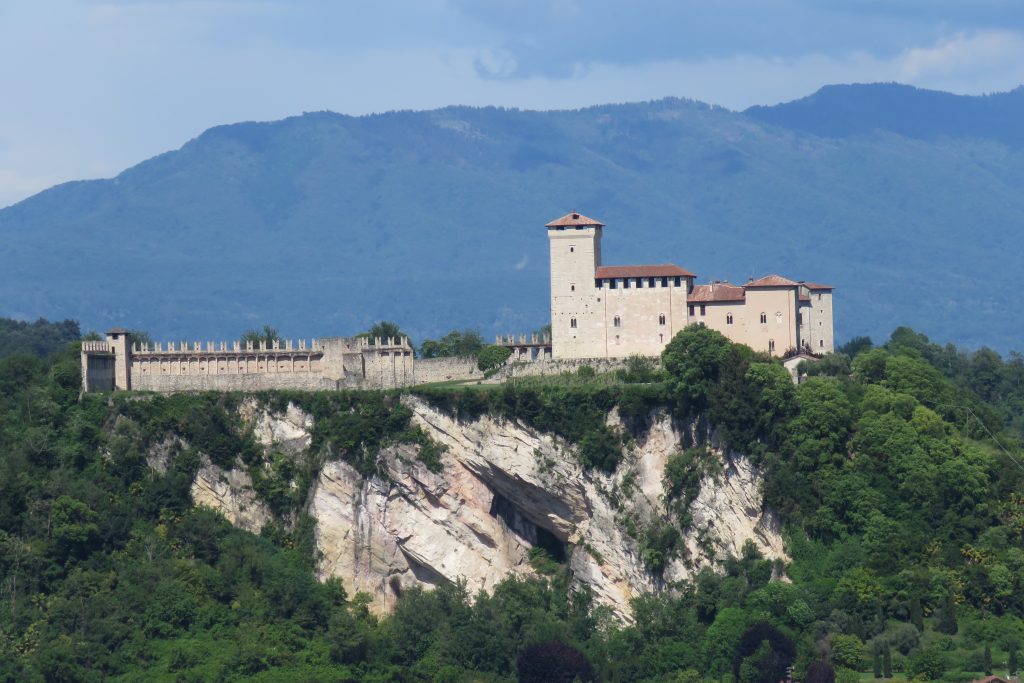
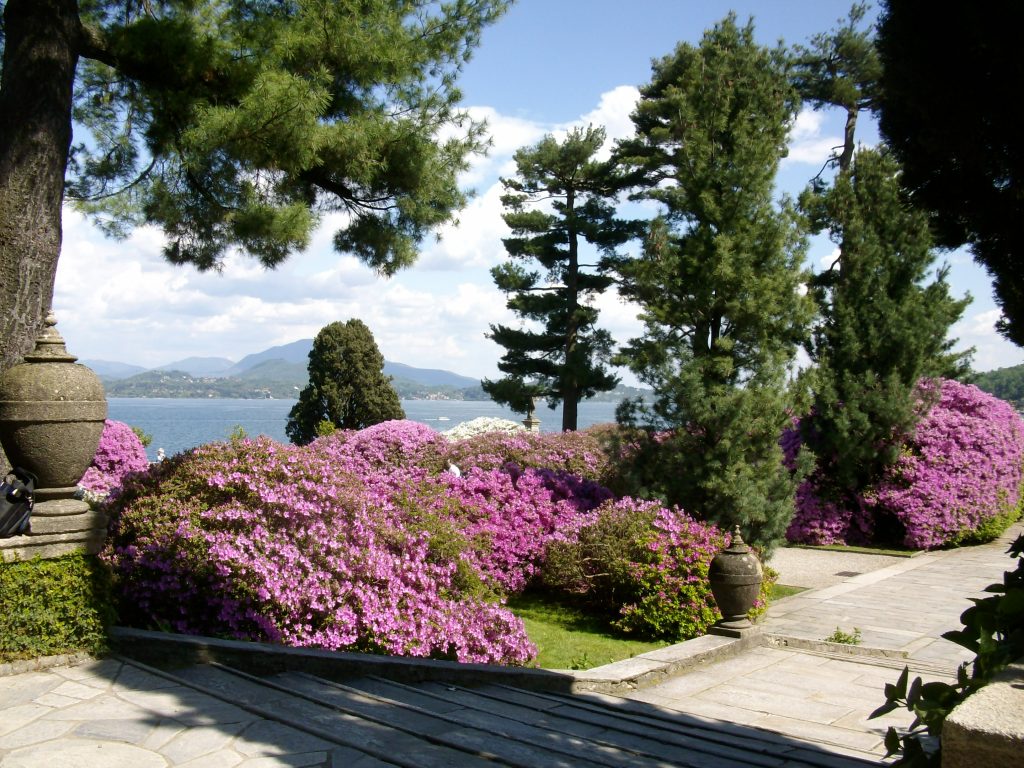
... more
The largest town on the south coast of Lake Maggiore is Arona. This is an important tourist and business centre where you can admire various important historic-artistic monuments and also have nice walks along the lake and the narrow inner alleys.
In Arona we can take a ferry-boat and cross the lake to go to Angera where there is the beautiful Castle Borromeo which hosts a Doll Museum, one of the most important in Europe. There is also a section devoted to toys from non-European cultures as well as an interesting collection of 19th century French and German music boxes.
Pallanza offers panoramic views over the lake and is full of tourist attractions such as Villa Taranto, which boasts one of the most important botanical gardens in the world; Villa San Remigio, with a park characterised by typical italian terraces as well as many museums and religious buildings.